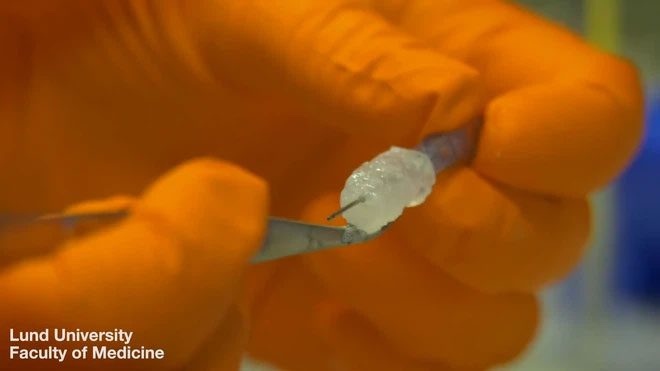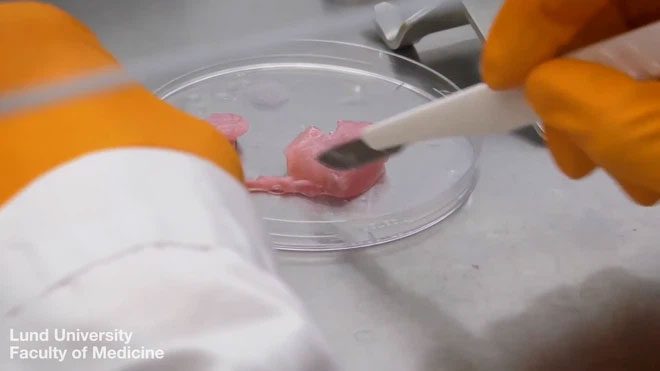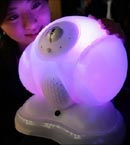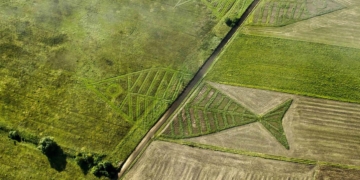In the journal Advanced Materials, a new scientific report published earlier this year reveals that researchers have successfully used bioprinting ink to 3D print lung tissue and successfully implanted this tissue into a white mouse.
If human organs can be created using 3D printing technology, millions of patients in need of organ transplants will have a chance at life. The research team is currently focusing on developing lungs in the laboratory, and although they have not yet created two complete lungs, the experts have demonstrated that the lung tissue produced can be grafted onto living organisms.

Researchers successfully use bioprinting ink to 3D print lung tissue.
“We started simply by trying to create small tubes, as this structure exists both in the airways and in the vascular system of the lungs. By combining bioprinting ink and stem cells taken from the patient’s airways, we were able to print small airways with multiple layers of cells that can maintain an open state for a long time,” said Darcy Wagner, an associate professor at Lund University and the lead author of the new study, in a press release.
The process of printing living tissue is similar to 3D printing regular objects. Experts need a machine that can lay down each layer of ink to form the complete structure of the tissue. Of course, the two types of ink used in the two different 3D printing activities will differ: organ printing ink will contain living tissue and require a “scaffold” built using biomedical engineering techniques.

The process of printing living tissue is similar to 3D printing regular objects.
This bioprinting ink is made from seaweed, alginate (a type of polymer with negatively charged ion particles – anions, typically extracted from brown algae), along with the extracellular matrix of lung tissue. This combination also includes stem cells taken from the lungs, which are cells capable of regenerating various types of cells necessary for the development of a lung. Since researchers use stem cells, which have the ability to “transform” into other types of cells, the bioprinting ink used in organ printing will be very versatile.
The resulting airways are very small, with a diameter of only about 4-6 mm. Once printed, the scientists implanted these airways into mice. The mouse’s body accepted the new tissue, and the airways supported blood vessels flowing through.
“We hope that future advancements in 3D printing technology, coupled with improvements in bioprinting ink, will allow medicine to print sharper products to create larger tissues for transplantation. There is still a long way to go,” expert Wagner remarked.
The team hopes that the initial success with this new bioprinting ink will allow them to test 3D printed tissues on larger organisms. While humans still have a long wait ahead, with each new study, we take another step forward in the queue.




















































